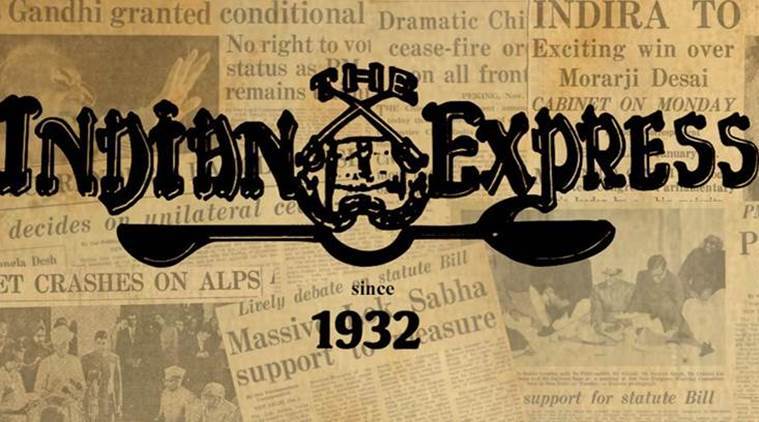 It represents a huge vote of confidence in the Indian Consumption Story
It represents a huge vote of confidence in the Indian Consumption Story
There are three significant takeaways from Walmart’s $ 16 billion investment in Flipkart, which gives the US retail giant a 77 per cent stake in India’s largest e-commerce marketplace. First, it represents a huge vote of confidence in the Indian Consumption Story. According to national income statistics, private final consumption expenditure in the country for 2017-18 stood at $ 1.5 trillion. Within that, the share of retail e-commerce sales was just over $ 20 billion or 1.3 per cent. While consumer spending will continue growing at 9-10 per cent annually on the back of rising incomes, urbanisation and aspirations, the online retail segment is expected to expand four times as much — thanks to increased internet and smartphone penetration. Not surprisingly, then, Walmart is willing to pay so much to own a company, through whose platform some $ 7.5 billion worth of goods got traded last year. The Flipkart deal will also help take on its main rival Amazon, which is already doing $ 6 billion of gross merchandise value business in India.
The second major takeaway concerns e-commerce itself, which can no longer be considered a “start-up” industry even in India. Flipkart may have been founded only in 2007, just as Paytm and Snapdeal were in 2010 and BigBasket in 2011. Sachin Bansal, Flipkart’s main founder who has just sold out, is still just 37. But the sector has matured to a point where the market will now effectively be controlled by three big players: Walmart (through Flipkart, which had earlier acquired fashion e-tailers Myntra and Jabong), Amazon and China’s Alibaba (which is the biggest shareholder today in Paytm and BigBasket). It points to a simple reality: E-commerce is today a business that requires a lot of capital. There’s nobody in India willing to commit that kind of capital, which may not even yield returns for extended periods.
That links up with the third implication, which is political. The Walmart-Flipkart deal is subject to regulatory approval. How will the ruling BJP and its ideological affiliates take to the prospect of India’s e-commerce market being in the hands of “foreign” players — that too, in a year leading to general elections? The Narendra Modi government needs to take a firm view here. The Indian retail market is big enough to accommodate players across multiple formats, from small mom-and-pop stores to organised supermarket chains and online marketplaces. The interests of Indian consumers as well as producers — be it farmers, fishermen or artisans — are best served when there is competition in the market for supply and demand of goods and services. The government should ensure fair competition rather than pander to so-called Swadeshi voices.